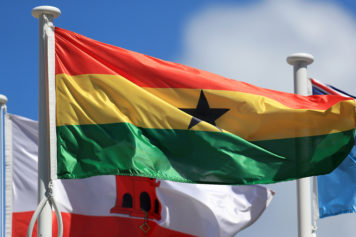Increasingly, children are moving into the labor force of the West African nation of Ghana at an alarming rate, reports All Africa.
At eleven years old, Thema, a native of Kumasi, hopes to be a nurse when she grows up. Currently, however, she is employed wandering between taxis and tro-tros or minibus taxis at rush hour, carrying packs of ice water on her head and selling them for 10 pesewas apiece. She manoeuvres through traffic in Ghana’s second-largest city with practiced ease; she has been doing this for four years.
Child labour is on the rise in Ghana, particularly in urban areas. According to the United Nations Children’s Fund’s (UNICEF) 2012 State of the World’s Children Report, 34 percent of Ghanaian children aged between five and 14 years are engaged in child labour – up from 23 percent in 2003. Emilia Allan, a Child Protection Officer at UNICEF Ghana, noted that Kumasi alone makes up eight percent of that figure.
She described some of the harmful impacts of child labour.
“It infringes on the rights of children, it affects their health, and it may result in injury,” she said. “It prevents and interferes with their education, and it leads to other protection concerns such as sexual exploitation, violence, and child trafficking.”
But working children are generally accepted in Ghana, and the definition of child labour is hotly debated. Though the minimum legal age of employment is 15 years, the 1998 Children’s Act stipulates that children aged 13 and older may engage in some forms of light work. And the recent National Plan of Action for the Elimination of the Worst Forms of Child Labour, based on the International Labour Organization (ILO) Convention No. 182, recognises the challenges to completely eradicating child labour; it is designed, instead, to protect children from work that might harm their physical or educational development.
Read entire story at: All Africa


